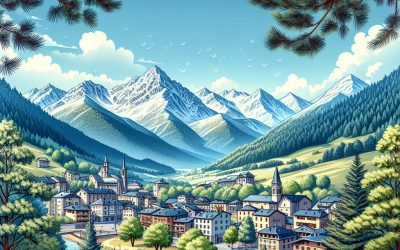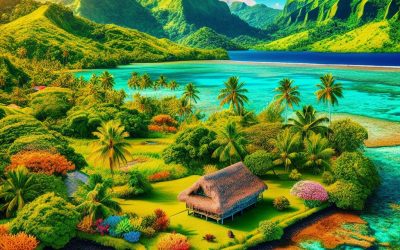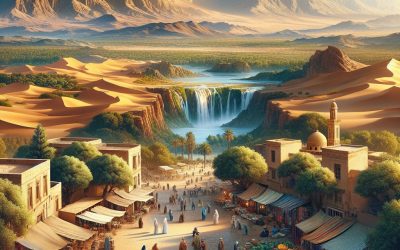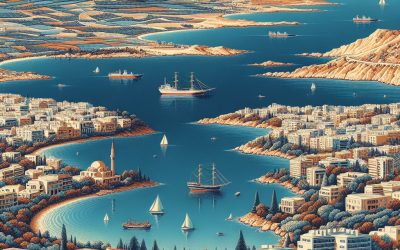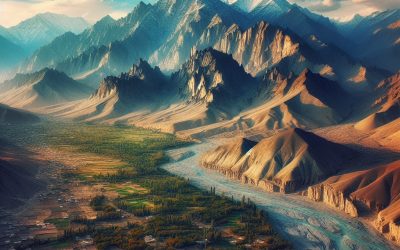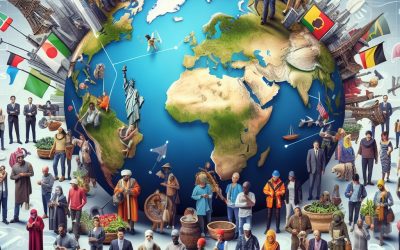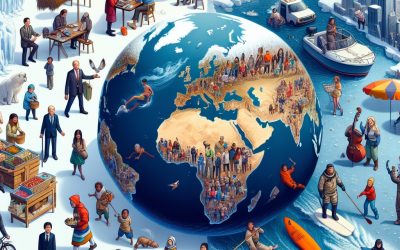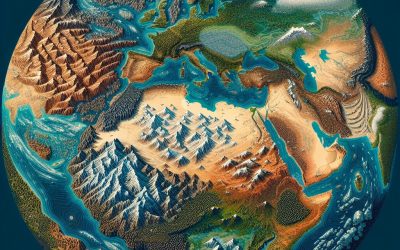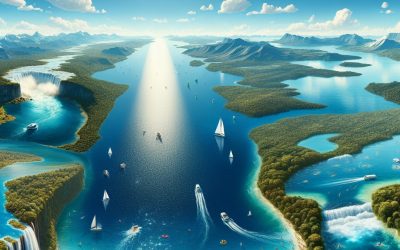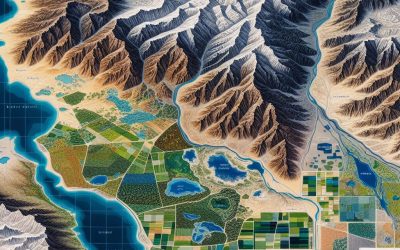Andorra
Andorra (Principat d’Andorra (Principality of Andorra)) Capital: Andorra la Vella Population (Estimated July 2012): 68,061 Area: 464km2 or 179mi2 Currency: Euro (€) Official Language: Catalan Political Information: Parliamentary Co-Principality Official Religion: No...
American Samoa
American Samoa (Amerika Samoa) Capital: Pago Pago Population (Estimated July 2012): 68,061 Area: 200km2 or 77mi2 Currency: United States Dollar (U.S.$) Official Language: English; Samoan Political Information: Unincorporated and unorganized territory of the US...
Algeria
Algeria (Al-Jumhūriyyah al-Jazāʾiriyyah al-Dīmuqrāṭiyyah al-Shaʿbiyyah (People’s Democratic Republic of Algeria)) Capital: Algiers Population (Estimated July 2012): 35,406,303 Area: 2,381,741km2 or 919,595mi2 Currency: Algerian Dinar (DA) Official Language: Arabic...
Albania
Albania (Republika e Shqipërisë (republic of Albania)) Capital: Tirana (Tiranë) Population (Estimated July 2012): 3,002,859 Area: 28,748km2 or 11,100mi2 Currency: Lek Official Language: Albanian Political Information: Parliamentary Republic Official Religion: No...
Akrotiri and Dhekelia
Akrotiri and Dhekelia Capital: Episkopi Population (Estimated July 2012): 7,000 Cypriots and 7,500 British Military and Families. Area: 256km2 or 99mi2 Currency: Euro Official Language: English and Greek Political Information: Sovereign Base Area (U.K.) Official...
Afghanistan
Afghanistan (Islamic Republic of Afghanistan (Jomhūrī-ye Eslāmī-ye Afghānestān [Dari]); Da Afghanestan Eslami Jamhuriyat (Pashto)) Capital of Afghanistan: Kabul Population (Estimated July 2012): 30,419,928 Area of Afghanistan: 652,864km2 or 252,072mi2 Currency:...
Global Economies
Many factors or indicators can affect or be used to measure the economies of the world. This article explains these factors/indicators and explains how they effect the global economies. Creation of Money Gross Domestic Product Official Exchange Rate GDP...
Global Food Production
Despite global food production being adequate to meet demand more people died of hunger, or hunger related diseases, than died of AIDS, malaria and tuberculosis combined. Global Food Production Interactive Map of Global Food Production Chronic Undernourishment ...
Global Population
Since the last catasphrophic event that hugely affected global population some 70,000 years ago it took the human race until 1804 (69,800 years)to reach a population of 1 billion and only 211 years to grow to 7 billion. World Human Population Global Population...
Geography of Earth
The Geography of Earth is unique in our solar system in that it is predominantly covered by water with the oceans covering 70.1% of the surface and with only 29.1% dry land (this is without taking into account all the lakes and rivers etc). Land Mass Continents...
Bodies of Water
The geography of earth includes many bodies of water from streams, rivers and lakes to channels, seas and oceans with many of these terms overlapping in their definitions. Bodies of Water Streams Rivers Watersheds and Drainage basin Ponds Lakes Lochs Is The...
Geographical Land Use
Geographical land use is an article discussing the environmental features on Earth and how humans have adapted the environment to meet their requirements Geographical Land Use Urban land Advantages of Urbanisation Problems with Urbanisation Additional Effects of...
